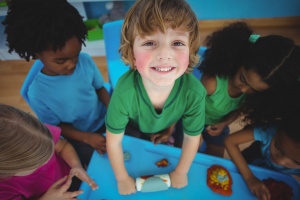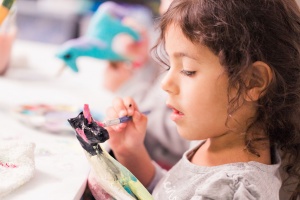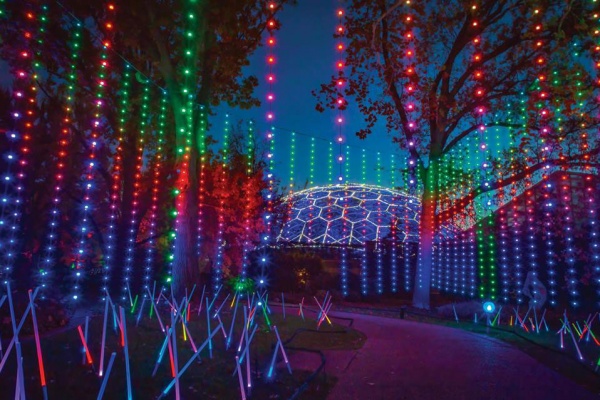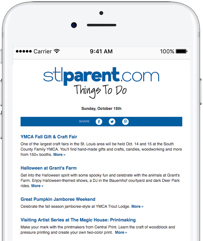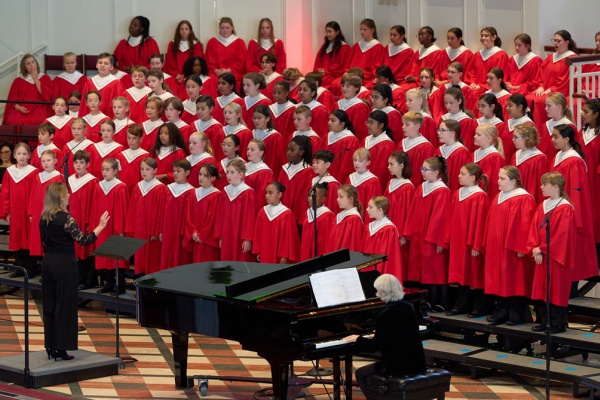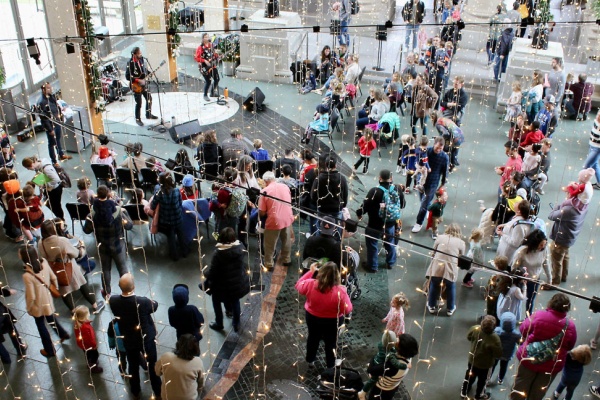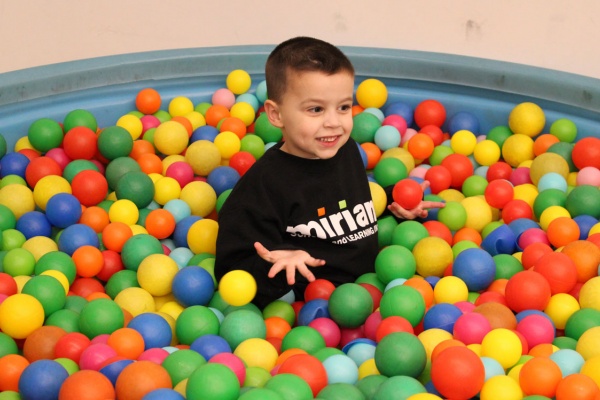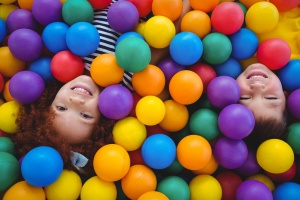
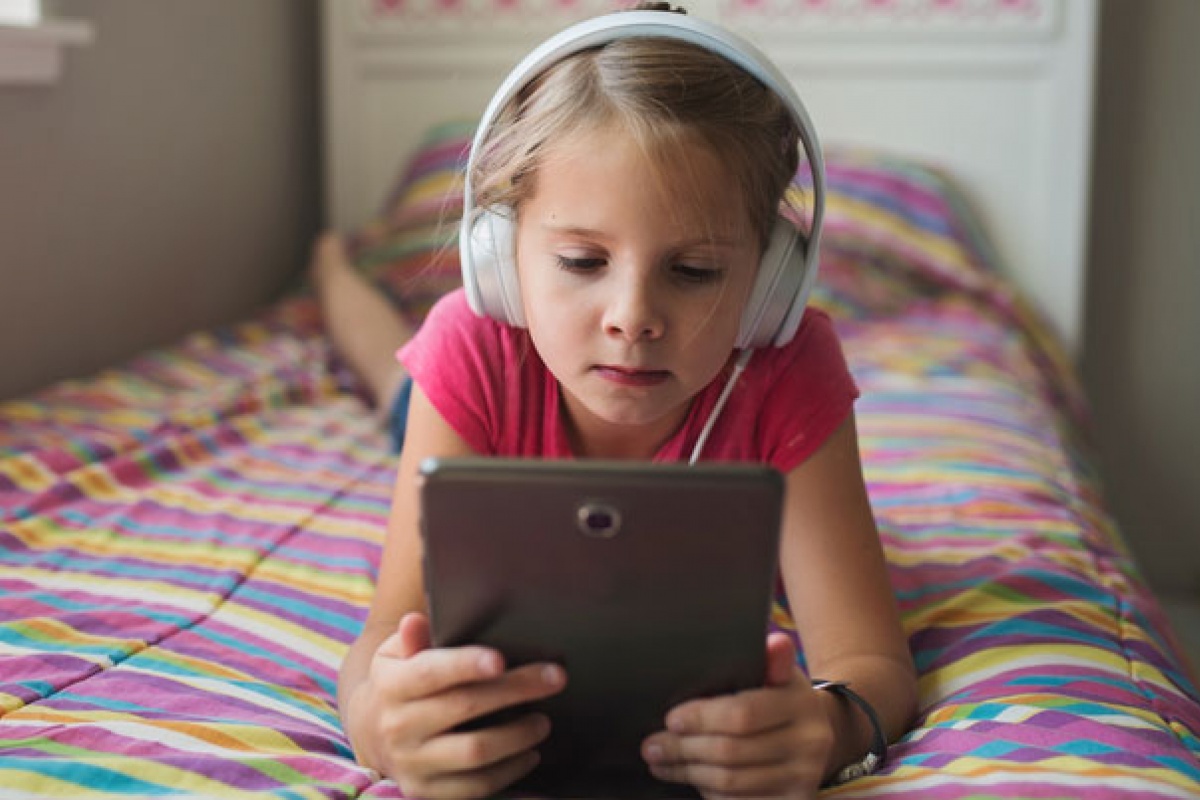
Hearing Loss in Kids and Teens: Here are the Warning Signs
Kids today are more "plugged in" than ever. With most tweens and teens, and even younger kids frequently using smart phones and tablets, they are also spending more time using headphones or ear buds to listen to music or watch videos. Increased headphone time is resulting in greater hearing loss in kids that is just beginning to be measured.
"Approximately 12 percent of kids between ages six and 19 have some kind of noise-induced hearing loss," says Dr. K.B. Frazier, Chief Audiologist at the Center for Hearing & Speech in St. Louis. "We'll start to see the impact later, the longer people are wearing them. That's really the issue – long-term usage."
With kids often using headphones at school as well as at home, Dr. Frazier recommends frequent breaks between usage, especially if they are listening at louder volumes, which increases the chance of creating hearing impairment. As for over the ear headphones versus ear buds, Dr. Frazier says, "Ear buds allow for good, clear sound at a lower volume because it's closer to the eardrum. However, people tend to crank them up. There are both types available that have output limiters on them – so I'd start with those."
From the earliest ages, parents should be tuned in to possible signs of hearing loss in their kids. If a child is not responding to a parent's request when they are in close proximity, there could be something wrong. "If when you're face-to-face with them having a conversation, they seem to hear you great, but the minute they turn around they aren't able to understand, that's also a sign," says Dr. Frazier.
Asking for the TV volume to be turned up when others can hear it clearly may also indicate a hearing issue.
Monitoring their performance in school, particularly in terms of spelling or reading, is important for both teachers and parents. If a young child is unable to clearly hear the sounds of the syllables that make up a word, he or she won't be able to accurately reproduce it. Fortunately, many schools offer annual hearing screenings, which parents should take advantage of. Dr. Frazier also recommends that all newborns receive a screening.
"If they don't pass, be diligent about going back to get rescreened. It's the only way determine if there was something leftover in the ear from birth or if there's a real hearing loss. The earlier we can catch it, the easier it will be to treat it and get these kids so they can develop speech and language as normally as possible," he says.
After that, children should get hearing screenings at least every two years. The Center is hosting a Free Clinic Day on Saturday, May 6 where kids ages one and older can get free hearing and speech screenings, as well as vision screenings for kids ages three and up. Adults can also get a free hearing screening and learn about the difference that hearing aids can make. An appointment is required to attend. Call (314) 737-5091 to reserve a spot.
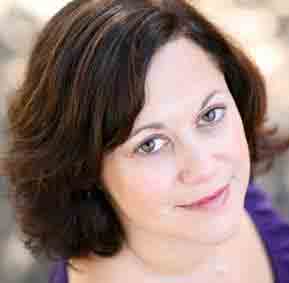
Amy Burger is a mom, freelance writer and communications professional with nearly 20 years experience working in St. Louis. Her work has appeared in numerous publications and media outlets including STL Parent, Missouri Life magazine, the St. Louis Post-Dispatch, Town & Style and kdhx.org, among others. When she's not working, she enjoys spending time with her husband and two beautiful girls at home in Kirkwood.



